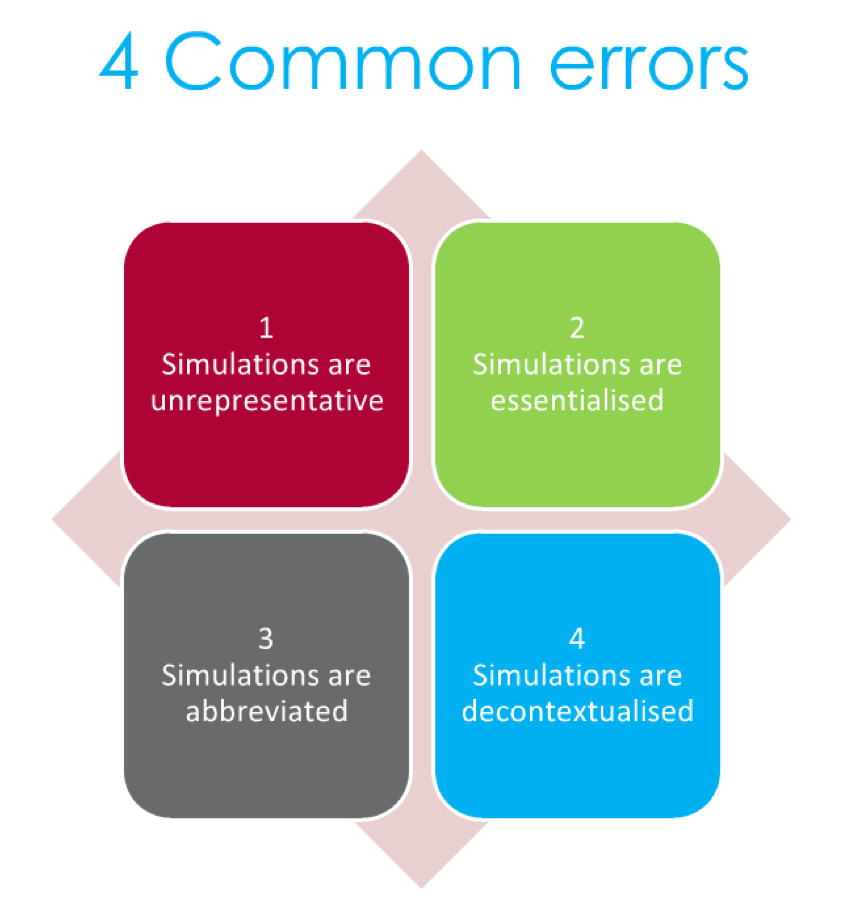Have you ever felt exhausted aiming to reach a goal or target that is often not set up for success? How great do you think humans are at predicting or planning the future?
How do you score your ability to plan for the future by setting goals & targets?
Perception on how you view your current and future self!
Just as retrospection refers to our ability to re-experience the past, prospection refers to our ability to “pre-experience” the future by simulating it in our minds (Gilbert 2007).
For an example, an organisations goal was to be in the top 100 ASX listed companies. When reviewing their goals, plans and leaders behavioural profiles there seemed to be a large gap in innovation and this was a key component required.
In this particular case there was strong bias at play, as they hired people like themselves, which can create blind spots.
Four common errors when attempting to predict future behaviour
1. Simulations are unrepresentative: Can tend to over or under estimate/ represent – i.e. when asked to remember missing a train in the past – typically people remember the worst train missing experience rather than their typical train experience.
2. Simulations are essentialised: Essentials – imagine going to the theatre? Fun images & memories from the past may appear in your mind initially and not the difficulty of parking & walking a long distance to walk after a hectic day in the office etc Making a commitment 1 month out and regretting it as it gets closer i.e. why did I commit to this?
3. Simulations are abbreviated – we tend to focus on early moments or first to mind experiences – most pleasurable or pain. Winning the lottery can be imagined like all your problems would be solved instead of considering what it is going to be like on the 234th day when family or friends don’t feel you were generous enough or you haven’t thought about the on-going costs for the items you have purchased (which sometimes results people being in even more debt than they were before they won the lotto).
4. Simulations are decontextualised – key element of determining accuracy. People ignored facts such as weather, traffic that exert & influence, when considered in more detail – results with predictions being more accurate.
If we spend more time and energy to address the 4 steps above, the benefit would be our ability to manage our stress levels better as the closer in alignment we are with our current and future self the less regret we have about the decision in the first place.
How can this play out in an organisation?
Imagine being in a strategic session where the goal is to create a meaningful and profitable future for the company. The challenge in this case is uncertain economy. If most of the people cannot align their current and future self – it results in unrealistic strategy as most participants will predict far more resources than is realistic given present circumstances.
The larger the gap, the larger the stress as you get closer to the goal. Results in this scenario can be devastating from reducing resources with managers and teams directed to deliver projects/ budgets essentially unachievable targets. Creating a downward spiral of redundancy and cost reduction – lose the key people that can help improve and grow the business.

